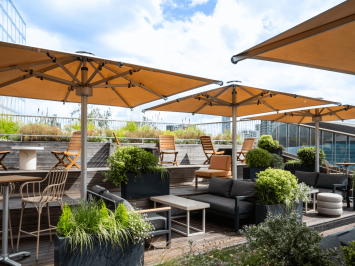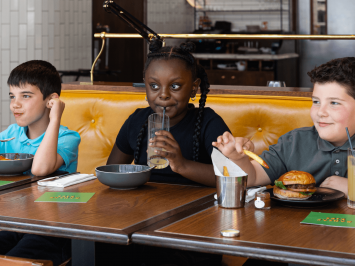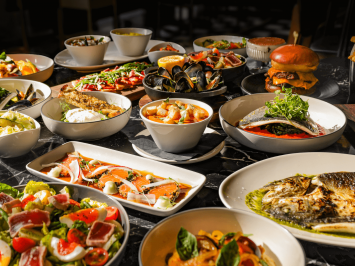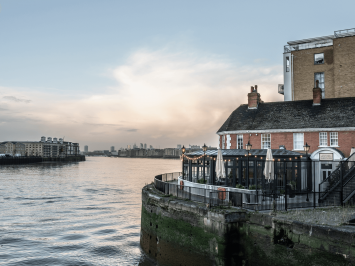Best Rooftop Restaurants in London, Liverpool & Edinburgh for Summer
Tuesday 1 July 2025
Nothing quite compares to the first hint of summer sun to get us craving open-air dining, chilled cocktails, and city views. If you are looking for the best rooftop restaurants in London, Liverpool, and Edinburgh, you are in luck. Rooftop bars and sunny terraces[whats-on/outdoor-terraces/] await you. We've got the perfect spots for making the most of al fresco season, from riverside restaurants in London to sky-high bites across the UK's top cities.
find out more Gordon Ramsay Restaurants
Gordon Ramsay Restaurants 


